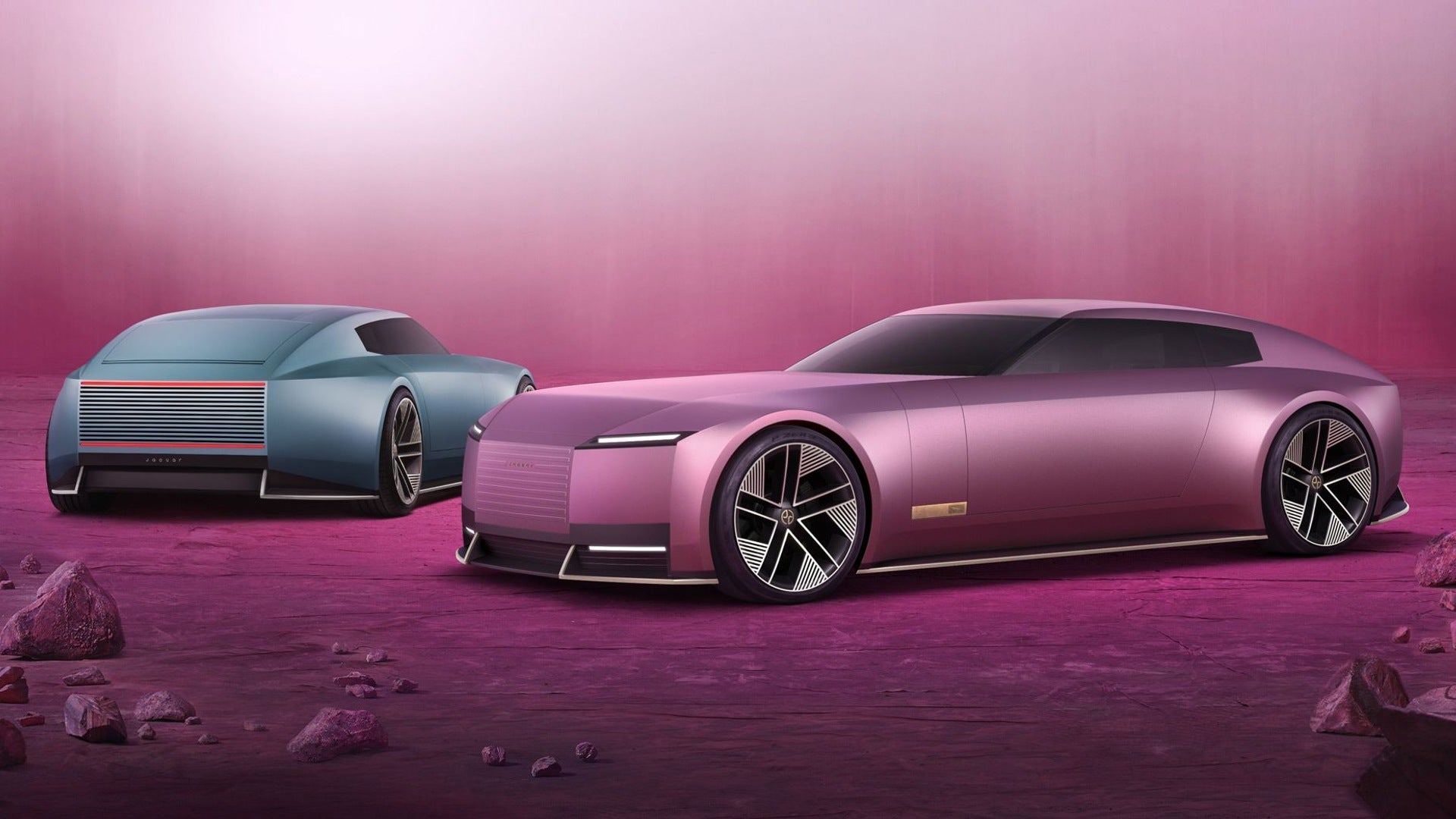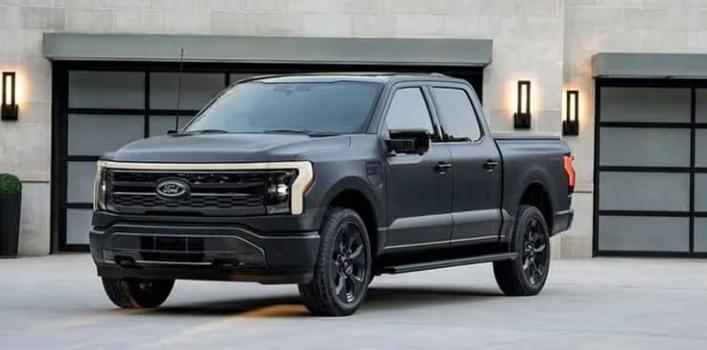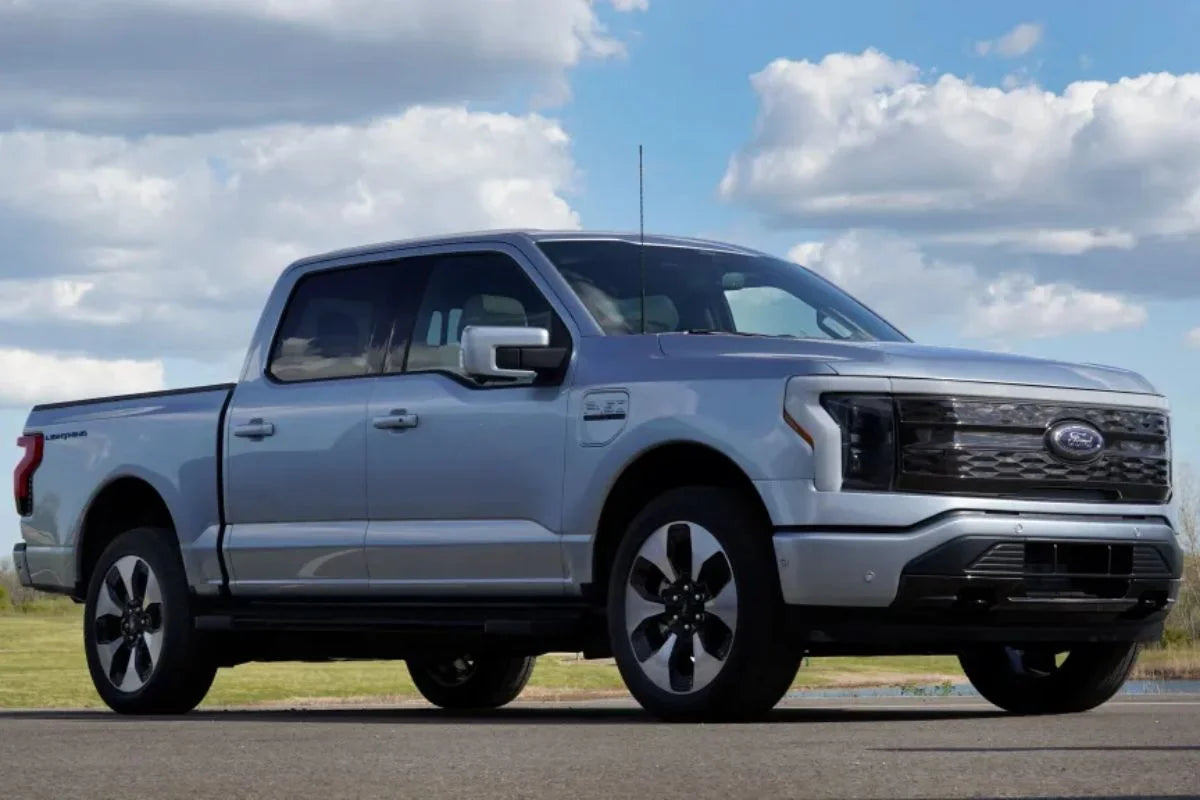Introduction:
Electric vehicles (EVs) are reshaping the way we drive, charge, and think about transportation. But as adoption grows, so do the myths—many of which are unintentionally hilarious. From bizarre fears about rain-charging accidents to confusion between EV batteries and power banks, these stories from real EV drivers reveal how much the general public still has to learn. Below, we break down seven of the most ridiculous EV misconceptions—served with a side of humor and a dose of truth.
1. “You need special glasses to charge it?”
An EV owner on Reddit shared how his uncle, who thought EVs were just a short-lived fad like 3D TVs, once asked if he needed to wear special glasses to charge the car. It’s a reminder that some people still view EVs as futuristic sci-fi toys rather than practical machines powered by a wall outlet.
Reality Check:
EV charging is no more complicated than plugging in a laptop—no glasses, goggles, or VR headsets required.
2. “EVs are too quiet... it’s creepy.”
Some folks genuinely believe EVs are “sneaky” because they don’t growl like a V8 engine. One commenter joked their neighbor called them a “silent stalker” just for backing out of their driveway.
Reality Check:
EVs are equipped with artificial sound generators (AVAS) at low speeds for pedestrian safety. The only thing EVs are sneaking up on is outdated thinking.
3. “Can’t you just charge it with a power bank?”
In one story, a curious brother asked if a Tesla could be juiced up with a portable USB battery pack. That’s right—the same one you use to charge your phone.
Reality Check:
A modern EV battery stores about 60–100 kWh of energy. A standard phone power bank stores maybe 0.02 kWh. You’d need around 4,000 of them—and a lot of patience.
4. “Charging in the rain will electrocute you.”
Many still assume EV charging is inherently unsafe during wet weather. It’s a persistent myth that refuses to die.
Reality Check:
EV chargers are built to withstand rain, snow, and even floods. With grounded plugs, waterproof ports, and GFCI protection, they’re among the safest electrical devices in your home.
5. “You can’t own an EV in an apartment.”
Living in a high-rise? Some believe EVs are off-limits for renters due to lack of charging infrastructure.
Reality Check:
Thanks to Level 1 and Level 2 portable EV chargers, plus an increase in multi-unit dwelling charging solutions, apartment dwellers can now join the EV revolution too—no garage required.
6. “Using an extension cord will blow up your house.”
One viral image of an EV charging from a flimsy cord hanging out a window sparked fears about DIY disasters.
Reality Check:
While using uncertified cords is dangerous, dedicated EV extension cords are engineered for high current and outdoor conditions. Just don’t grab one from the dollar store.
7. “What if there’s a blackout?”
It’s a favorite talking point for EV skeptics: “What happens when the power goes out?”
Reality Check:
Gas stations run on electricity too. Plus, many EV owners pair their cars with solar panels or home battery systems—turning blackouts into a non-issue. In fact, EVs are increasingly used as mobile power banks during emergencies.
Final Thoughts:
EVs may be the future, but public understanding still lags behind. These misconceptions, while laughable, highlight the importance of education and awareness. As EV technology becomes more accessible and widespread, the myths will fade—replaced by cleaner, quieter, and smarter transportation for everyone.
Recommend Reading: Do All EVs Use the Same Plug? Plug Types Explained for New Drivers








Share:
Is Using the Included Level 1 Tesla Charger Against NEC 625 and HOA Regulations?
Will Rivian Sell an Adapter for NACS? What EV Owners Need to Know